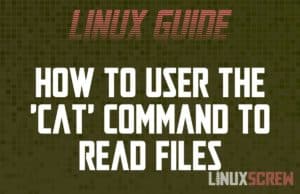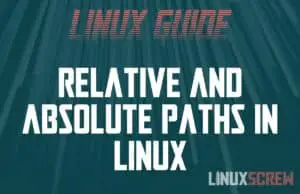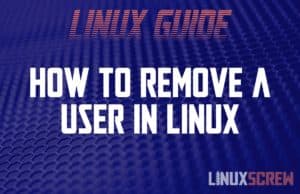cat Command in Linux/Bash – How to Use It, With Examples
The cat (concatenate) command in Linux/Bash is most commonly used to read the contents of a file. It outputs the contents of a given file. Here’s how to use it. cat concatenates files to standard output – by default, this is to the console for viewing on your computer screen. This makes it useful for quickly viewing the contents of files. It also has other uses, but first, the syntax: cat Syntax cat [OPTIONS] [FILE] Note that: If FILE is not specified, will read from standard input (stdin) Multiple FILEs can be specified, separated by … Read more


![Running Ubuntu in VirtualBox on Windows/Mac [Tutorial] 2 Running Ubuntu In VirtualBox](https://cd.linuxscrew.com/wp-content/uploads/2021/05/running-ubuntu-in-virtualbox-300x194.jpg)



